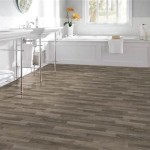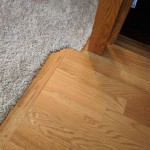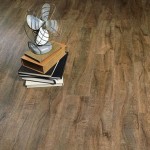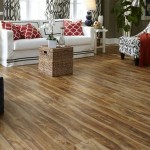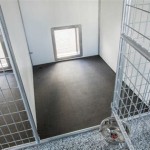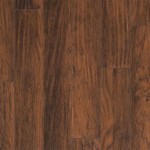Engineered Wood Flooring: A Comprehensive Guide
Engineered wood flooring is a popular choice for homeowners seeking a durable, stylish, and environmentally friendly flooring option. It offers the beauty and authenticity of natural wood, along with enhanced stability and performance. Here are the essential aspects of engineered wood flooring that you need to know:
Composition: Engineered wood flooring is constructed from multiple layers of wood, with a top layer of real hardwood veneer (typically 2-6 mm thick) bonded to a core of plywood or high-density fiberboard (HDF). The backing is usually a layer of wood or wood composite to provide stability and balance.
Stability: One of the key advantages of engineered wood flooring is its dimensional stability, which makes it less prone to expansion and contraction due to changes in temperature or humidity. This stability is achieved by the cross-grained construction, where the grain direction of the veneer is perpendicular to the grain direction of the core. This reduces the likelihood of buckling, warping, or gapping.
Durability: Engineered wood flooring is designed to withstand heavy foot traffic and daily wear and tear. The real wood top layer provides a scratch-resistant surface, while the multilayer construction ensures structural integrity. It is also resistant to moisture, making it suitable for use in areas with fluctuating humidity levels.
Versatility: Engineered wood flooring is incredibly versatile and can be installed in a variety of settings, including homes, offices, and commercial spaces. It is compatible with both floating and glue-down installation methods, making it suitable for use over different subfloors.
Maintenance: Engineered wood flooring is relatively easy to maintain. Regular sweeping, vacuuming, and occasional mopping with a recommended cleaning solution is sufficient to keep it looking its best. Refinishing is also possible in the case of significant wear or damage.
Environmental Sustainability: Engineered wood flooring is a sustainable choice as it utilizes less precious hardwood resources compared to solid wood flooring. The use of a thin veneer allows for the production of more flooring from a single tree, while the core materials are often made from sustainably managed forests or recycled wood.
Cost: The cost of engineered wood flooring varies depending on the species of hardwood used, the thickness of the veneer, and the construction quality. It generally falls somewhere between the cost of solid wood flooring and laminate flooring.
Conclusion: Engineered wood flooring offers numerous benefits, including durability, stability, versatility, and environmental sustainability. Its combination of natural beauty and enhanced performance makes it an excellent choice for homeowners seeking a stylish, long-lasting, and eco-conscious flooring solution.

What Is Engineered Wood Flooring Made Of And Beyond Blog

Hardwood Vs Engineered Wood Flooring Which Is Best For You Forbes Home

The Ultimate Guide To Engineered Hardwood Flooring Precision

Types Of Engineered Hardwood Flooring Hearthwood

Engineered Flooring Vs Laminate Everything You Need To Know Forbes Home

4 Things To Know Before An Engineered Hardwood Floor Carlisle Wide Plank Floors

Best Engineered Wood Flooring For Your Home The Depot

Solid Vs Engineered Quality Hardwoods Superior Design Palo Duro

Impressive Benefits Of Engineered Hardwood Flooring Floor Refinishing Services In Highland Park Plus

Engineered Wood Vs Solid Hardwood
Related Posts

